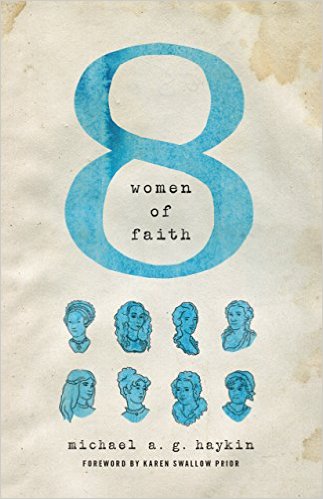

Perhaps the greatest problem with the book is the irony of continually attempting to silence women’s voices in a book that is, on the surface, about calling attention to them. This is not a deep theological work, but this section again shows no interaction with opposing views and so provides those who come from a different background little reason to read or enjoy the book. Very few arguments are offered in favor of the latter position, other than highlighting that Judson herself believed the arguments for the it were stronger than for infant baptism. Later, a lengthy section of the chapter on Ann Judson is dedicated to highlighting Judson’s autobiographical account of her change from pedobaptism (infant baptism) to a more Baptist position. For example, he spends no small amount of time promoting the Calvinist view of the Lord’s Supper, attempting to cling both to a literal and figurative meaning of Christ’s words (see especially the excursus in the chapter on Anne Dutton starting around Kindle Location 903). This is perhaps the most glaring example in the book, but time and again similar oversight of historical perspective is demonstrated.Īnother negative is that Haykin’s work is clearly written with a very specific doctrinal agenda in mind that undercuts the book’s value outside of the circle of those with whom he agrees. But to see evangelicalism of today as the same as evangelicalism in Austen’s own time (the late 18th and early 19th centuries) does little justice to the development of what has been called “evangelical” over that time into today.

For example, Jane Austen is gently chastised for her aversion to evangelicalism(Kindle location 1994ff), while then being recruited for the same evangelical cause (Location 2005, 2064). One difficulty with the book is the lack of critical historical perspective. In this sense, the book achieves its goal. The women chosen each have biographical information reported alongside brief discussion of their primary contributions to theology.


Haykin’s Eight Women of Faithsets out with an admirable goal: highlight the contributions of women at key points in church history.


 0 kommentar(er)
0 kommentar(er)
